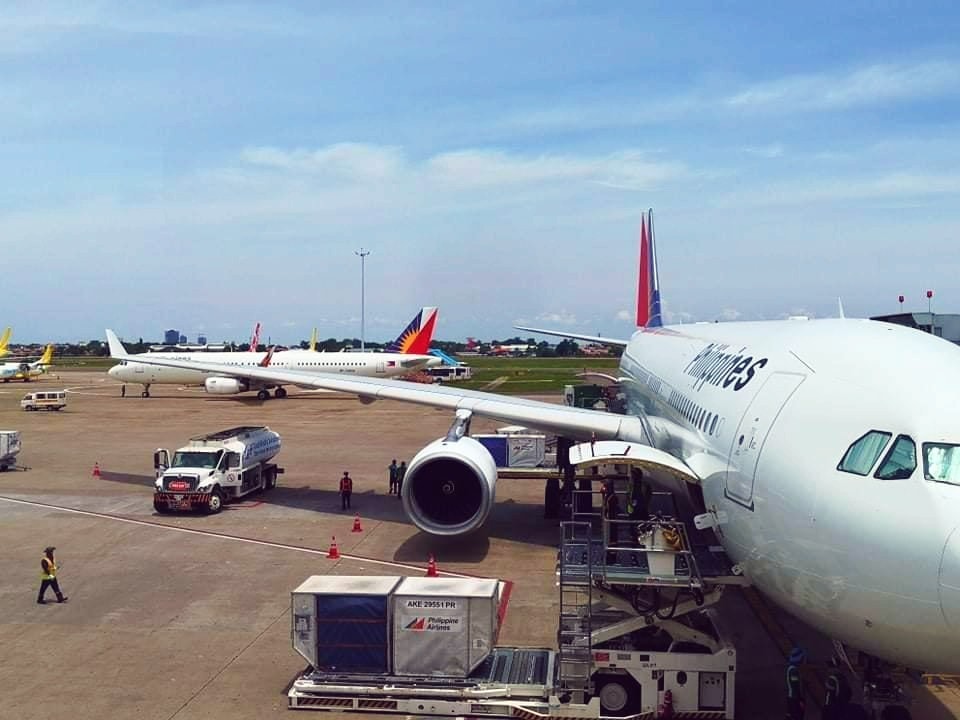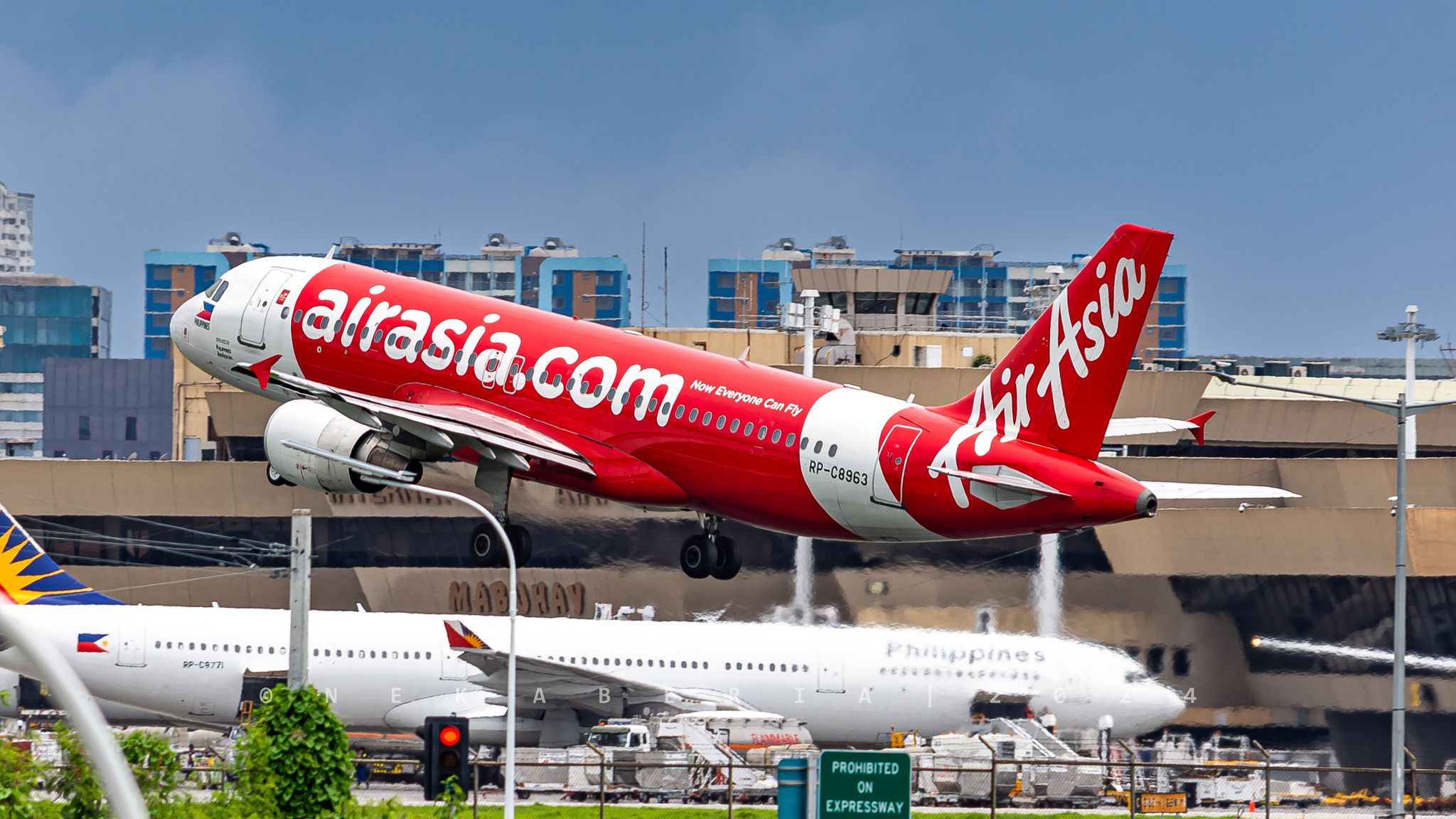Philippine Airlines (PAL), the flag carrier of the Philippines, stands at a critical juncture as it contemplates a significant fleet overhaul to meet the resurgent travel demand in the post-pandemic era. This comprehensive analysis delves into PAL’s current fleet composition, potential aircraft replacements, and the strategic implications of its ambitious expansion plans.
In a recent interview with Jekki Pascual of ABS-CBN News, PAL President and Chief Operating Officer Stanley K. Ng shed light on the airline’s future trajectory. Ng revealed that while the carrier had initially planned to study an aircraft order last year, the process was delayed. However, the airline remains committed to a substantial fleet renewal, particularly in light of ongoing airport construction projects and anticipated growth in the tourism sector.
According to Ng, the airline is looking at having aircraft orders of around 100 aircraft, including the current backlog of nine Airbus A350-1000s and 13 Airbus A321neos. The scale of this potential order is unprecedented for PAL, reflecting both the need to replace aging aircraft and the airline’s confidence in future market growth.
Aging fleet necessitates modernization
PAL’s current fleet includes several aircraft types that are prime candidates for replacement. The Airbus A330-300ceo serves as the airline’s medium-haul workhorse, playing a crucial role in serving Asian and Middle Eastern routes. Over the years, these aircraft have seen various configurations, ranging from tri-class layouts to dense configurations lacking in-flight entertainment in economy class. The fleet of A330s was reduced during the airline’s restructuring amid pandemic-induced travel restrictions.
Currently, PAL leases two A330-200s from Wamos Air to meet high travel demand, indicating a need for additional medium-haul capacity. The average age of PAL’s A330 fleet now stands at 10.4 years, according to planespotters.net data. While these aircraft remain safe to operate, the rising expenses associated with aging A330ceos, particularly their less efficient engines compared to newer models, make replacement an attractive option.
Upgrading the A330ceo fleet would allow PAL to offer a more consistent cabin product across its network, featuring modern seats and amenities. Moreover, it could lead to significant operational cost savings. The airline is reportedly considering options such as the Boeing 787, Airbus A330neo, and additional A350-900s, as reported by FlightGlobal. These modern aircraft offer enhanced fuel efficiency and the capability to operate longer routes, potentially opening up new markets for PAL.
On the narrow-body front, PAL’s Airbus A320-200ceo fleet, primarily operated by its subsidiary PAL Express, forms the backbone of domestic operations. Some of these aircraft have reached 17 years of age, with the fleet’s average age at 14.9 years. The increasing operational costs of these older A320ceos make their replacement a priority in the coming years.
The natural successor to the A320ceo would be the A320neo. However, long order backlogs for this popular model present a challenge for PAL unless they can secure deals with lessors for pre-ordered aircraft without committed customers. An alternative option is the Boeing 737 MAX, which could offer a shorter waiting time, allowing PAL to expedite the replacement of its A320ceo fleet.
Introducing newer narrow-body aircraft would not only enhance the customer experience on short domestic flights but also reduce the cost per seat due to improved fuel efficiency and lower maintenance requirements.
Expansion to meet growing demand
Beyond fleet replacement, PAL is eyeing expansion in several key areas. The Airbus A350-900, a cornerstone of PAL’s long-haul operations, is currently underrepresented in the fleet. During its restructuring, PAL returned four A350-900s to lessors, which are now operated by Lufthansa. With only two A350-900s currently in service, PAL faces capacity constraints on its ultra-long-haul routes.
There remains uncertainty regarding the return of the A350-900s now flying for Lufthansa, as the German carrier also faces aircraft shortages due to delivery delays. Consequently, PAL is considering acquiring additional A350-900s to support growing travel demand and facilitate the launch of new routes.
In the narrow-body segment, PAL’s current fleet of eight A321neos, combined with the 13 on order, may not suffice to meet the airline’s growth ambitions. Additional A321neos could enable PAL to increase its international presence from major domestic airports such as Clark, Cebu, and Davao. This expansion would allow for more international flights, including potential long-haul and seasonal services, from these secondary hubs.
Exploring regional jets
As regional airports across the Philippines undergo upgrades, including runway expansions, PAL is considering complementing its Bombardier Dash 8 Q400 turboprops with larger regional jets. Aircraft in the 100-150 seat category, such as the Airbus A220 or Embraer E190-E2, could enhance regional connectivity and even facilitate international flights from smaller provinces.
These aircraft offer the range and efficiency to operate routes that might not be viable with larger narrow-body jets like the A320 or 737. By deploying A220s or E2s on these routes, PAL could achieve higher load factors and improved operational efficiency compared to operating under-filled larger aircraft.
Balancing ambition with financial prudence
While PAL’s potential order of up to 100 aircraft signals a bullish outlook on future growth, the airline must carefully balance its fleet renewal and expansion plans with financial stability. The carrier recently emerged from a period of restructuring, and any major capital expenditure will need to be weighed against its long-term financial health and market projections.
As Philippine Airlines charts its course for the future, the carrier remains committed to its “buong pusong alaga” service philosophy. This ambitious fleet renewal program aims to deliver an improved and more consistent product across PAL’s network, from short domestic hops to ultra-long-haul international services.
Aviation enthusiasts and frequent flyers can look forward to seeing a diverse array of new aircraft types joining PAL’s iconic sunrise livery in the coming years. This fleet modernization not only promises enhanced passenger comfort and operational efficiency but also positions Philippine Airlines to capture a larger share of the growing Asian aviation market.
The success of this initiative will depend on PAL’s ability to navigate the complex interplay of aircraft acquisition, route network optimization, and financial management in an ever-evolving global aviation landscape. As the flag carrier of the Philippines, PAL’s growth and modernization efforts carry significant implications for the country’s tourism industry and overall economic development.
























100